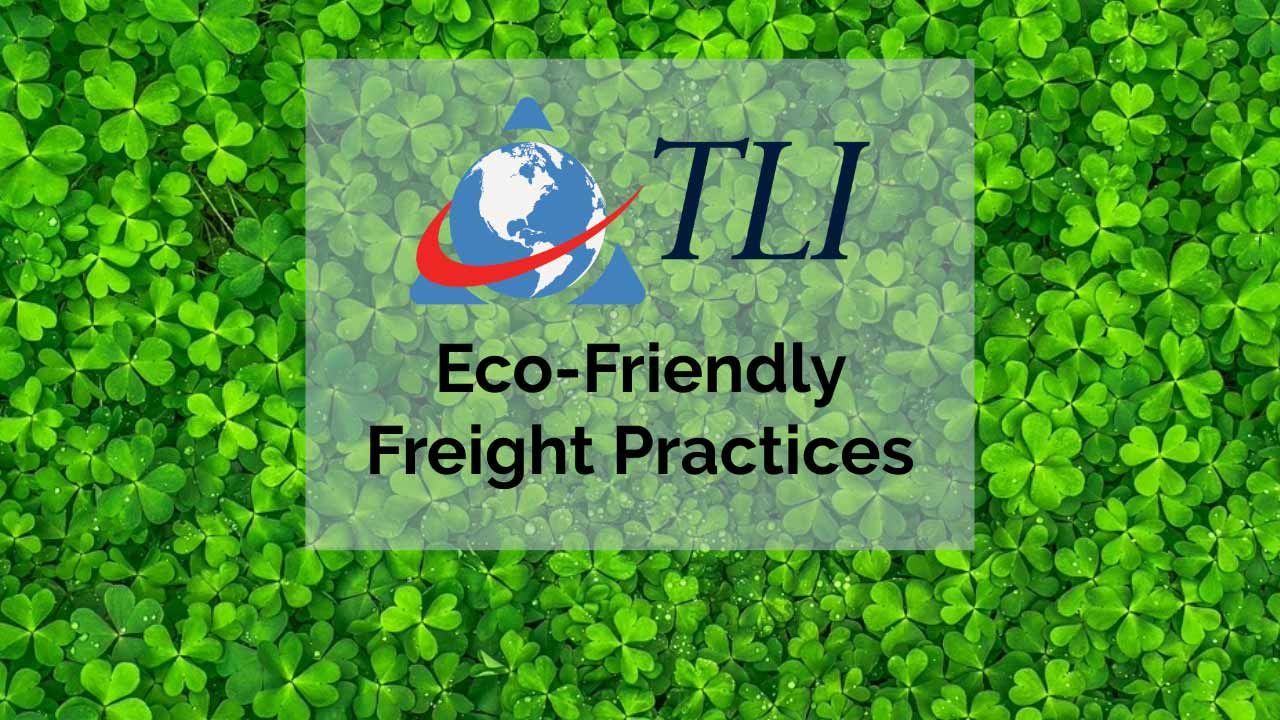Role of the PHMSA in the Transportation of Hazmat Materials
What is the PHMSA?
The safe transportation of hazardous materials is a critical aspect of modern society, given the potential risks associated with mishandling or accidents involving these substances. To ensure the safety of both people and the environment, regulatory agencies such as the Pipeline and Hazardous Materials Safety Administration (PHMSA) play a pivotal role in overseeing and regulating the transportation of hazardous materials.
Established within the U.S. Department of Transportation (DOT), the Pipeline and Hazardous Materials Safety Administration (PHMSA) is responsible for developing and enforcing regulations related to the safe transportation of hazardous materials, including chemicals, explosives, gases, flammable liquids, radioactive materials, and more. PHMSA's primary focus is to prevent accidents, spills, and incidents during the transportation of these materials, thereby safeguarding public health, property, and the environment.
Key Responsibilities of PHMSA:
1. Regulatory Development: PHMSA plays a central role in developing and maintaining regulations that govern the transportation of hazardous materials. These regulations cover a wide range of topics, including packaging, labeling, placarding, documentation, training, and emergency response procedures.
2. Rule Enforcement: PHMSA enforces the Hazardous Materials Regulations (HMR), which set forth guidelines and requirements for the safe transportation of hazardous materials. This involves inspecting shipments, investigating incidents, and taking appropriate enforcement actions against non-compliance.
3. Training and Education: One of PHMSA's vital functions is to provide training and educational resources to industry stakeholders, emergency responders, and the public. This includes training programs that focus on proper handling, storage, and emergency response procedures related to hazardous materials.
4. Research and Development: PHMSA engages in research and development activities aimed at enhancing the safety of hazardous materials transportation. This includes studying new technologies, materials, and methods that can improve the containment, handling, and transportation of hazardous substances.
5. Emergency Response: In the event of hazardous materials incidents, PHMSA collaborates with other agencies and organizations to coordinate emergency response efforts. This involves providing guidance to first responders and assisting in managing incidents to minimize their impact.
6. International Collaboration: Given the global nature of hazardous materials transportation, PHMSA collaborates with international organizations and regulatory bodies to harmonize regulations and enhance safety standards across borders.
The importance of PHMSA's role in the transportation of hazardous materials cannot be overstated. Without effective regulation and oversight, the risks associated with transporting these materials could lead to catastrophic incidents, endangering lives, property, and the environment. By establishing and enforcing standards for packaging, labeling, transportation modes, and emergency response, PHMSA reduces the likelihood of accidents and helps ensure a safer transportation network.
The Pipeline and Hazardous Materials Safety Administration (PHMSA) serves as a critical guardian of safety in the transportation of hazardous materials. Through the development and enforcement of regulations, training programs, and emergency response coordination, PHMSA plays a pivotal role in mitigating risks and preventing incidents during the transportation of hazardous substances. Its efforts contribute significantly to protecting both the public and the environment from the potential dangers posed by these materials.
TLI Insights
Get the latest logistics insights and tips from Translogistics’ award-winning team. Stay ahead in transportation planning.
Questions? Email us at marketing@tli.email
Check out more Blog Posts from TLI:
Get a Quote
Customer Service
Contact Us
All Rights Reserved | TLI
Services
Support
Company
Services
Support
Company
Get a Quote
Support
Contact Us
All Rights Reserved | TLI




